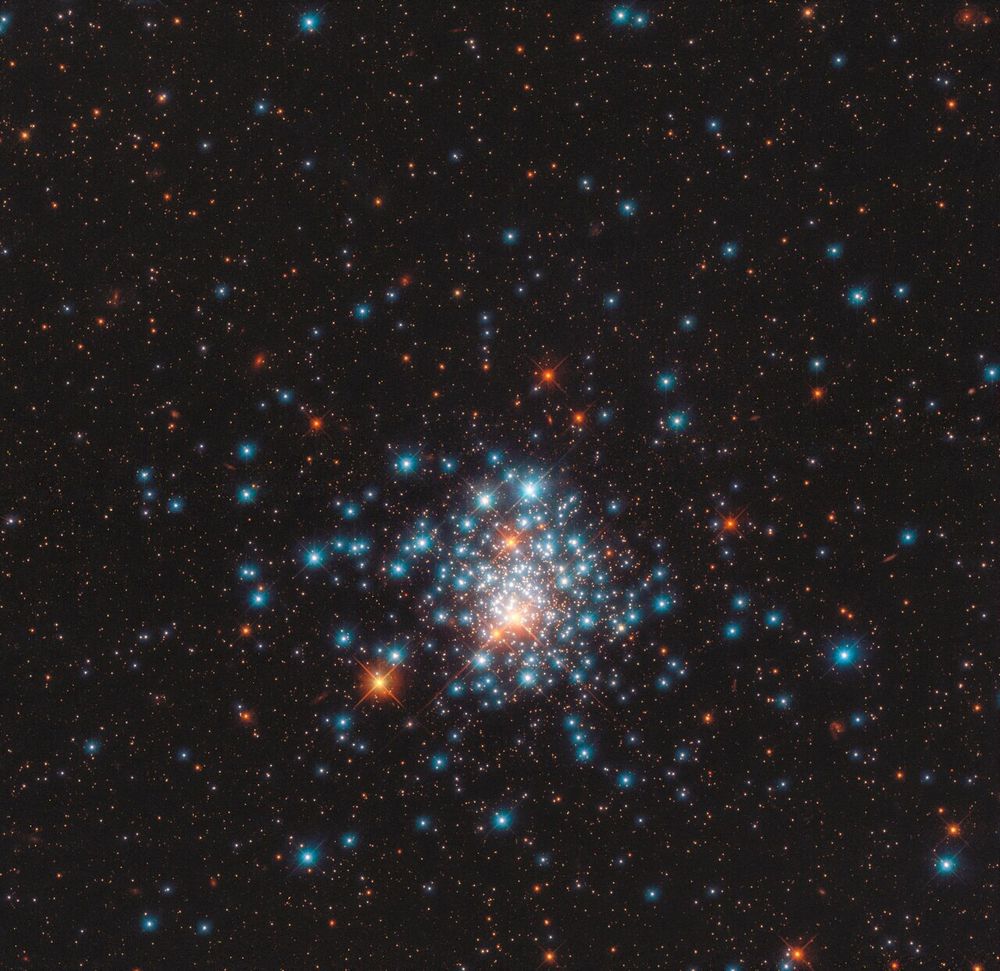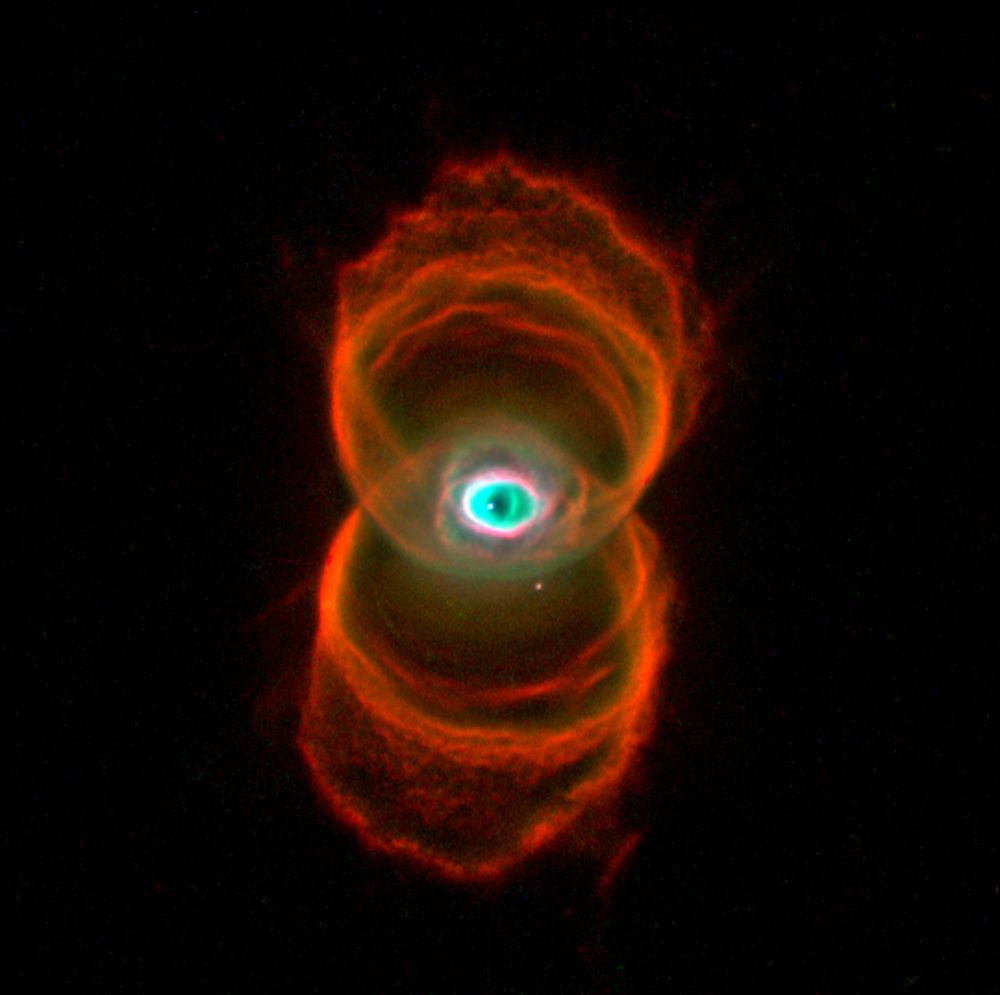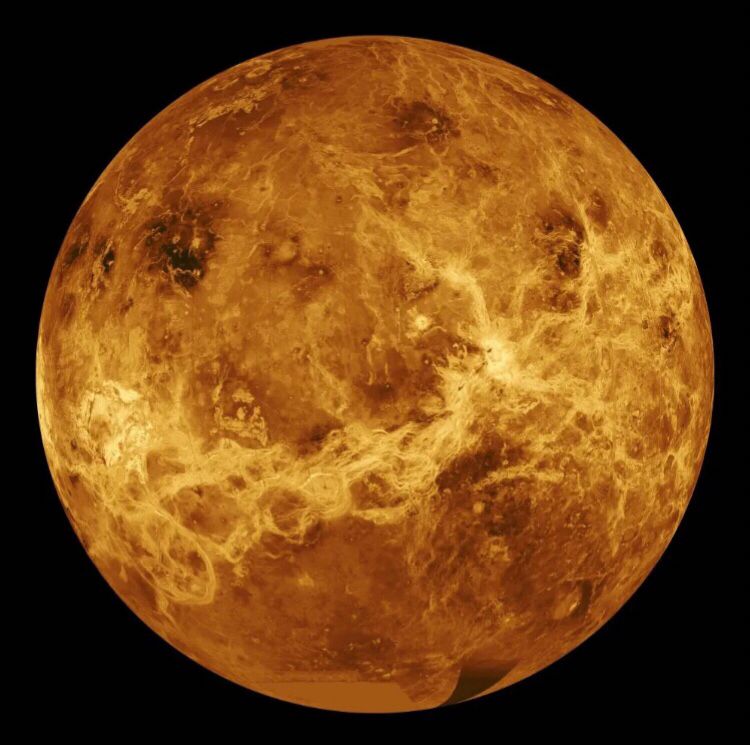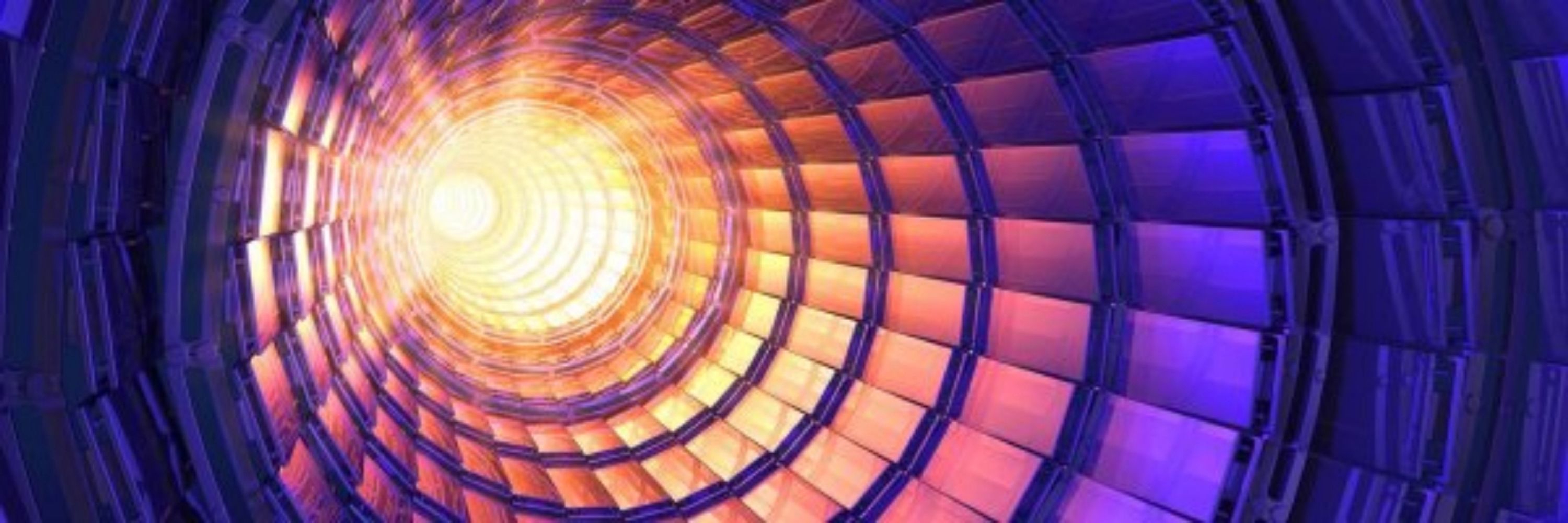
Astrophysica
@thephysicsjournal.substack.com
Physics, Space, Quantum Computing | BTC: bc1qqu05pu3rdqjchnh37mtylrgprkk94udc3g3umj
https://thephysicsjournal.substack.com
https://thephysicsjournal.substack.com
Comet 2I/Borisov as seen by the Hubble Space Telescope. The comet is believed to have arrived here from another planetary system elsewhere in our galaxy.
(NASA, ESA, D. Jewitt (UCLA))
(NASA, ESA, D. Jewitt (UCLA))

October 2, 2025 at 8:27 AM
Comet 2I/Borisov as seen by the Hubble Space Telescope. The comet is believed to have arrived here from another planetary system elsewhere in our galaxy.
(NASA, ESA, D. Jewitt (UCLA))
(NASA, ESA, D. Jewitt (UCLA))
Galaxy cluster Abell 1185, known for its incredibly dynamic gravitational interactions.
(ESA/Hubble & NASA)
(ESA/Hubble & NASA)

October 2, 2025 at 8:27 AM
Galaxy cluster Abell 1185, known for its incredibly dynamic gravitational interactions.
(ESA/Hubble & NASA)
(ESA/Hubble & NASA)
Reflection Nebula NGC 1788. A reflection nebula is a cloud of gas and dust that does not emit light of its own. They only shine by reflecting light from nearby stars.
(KPNO/NOIRLab/NSF/AURA/T.A. Rector, H. Schweiker & S. Pakzad)
#nebula #universe #cosmos #stars #interstellar
(KPNO/NOIRLab/NSF/AURA/T.A. Rector, H. Schweiker & S. Pakzad)
#nebula #universe #cosmos #stars #interstellar

September 5, 2025 at 9:41 AM
Reflection Nebula NGC 1788. A reflection nebula is a cloud of gas and dust that does not emit light of its own. They only shine by reflecting light from nearby stars.
(KPNO/NOIRLab/NSF/AURA/T.A. Rector, H. Schweiker & S. Pakzad)
#nebula #universe #cosmos #stars #interstellar
(KPNO/NOIRLab/NSF/AURA/T.A. Rector, H. Schweiker & S. Pakzad)
#nebula #universe #cosmos #stars #interstellar
The Taffy Galaxies, UGC 12914 and UGC 12915. They experienced a head on collision 25 million years ago which created a bridge of turbulent gas spanning the gap between them.
(International Gemini Observatory/NOIRLab/NSF/AURA)
#space #galaxies #cosmos #stars #astrophysics
(International Gemini Observatory/NOIRLab/NSF/AURA)
#space #galaxies #cosmos #stars #astrophysics

August 30, 2025 at 8:35 AM
The Taffy Galaxies, UGC 12914 and UGC 12915. They experienced a head on collision 25 million years ago which created a bridge of turbulent gas spanning the gap between them.
(International Gemini Observatory/NOIRLab/NSF/AURA)
#space #galaxies #cosmos #stars #astrophysics
(International Gemini Observatory/NOIRLab/NSF/AURA)
#space #galaxies #cosmos #stars #astrophysics
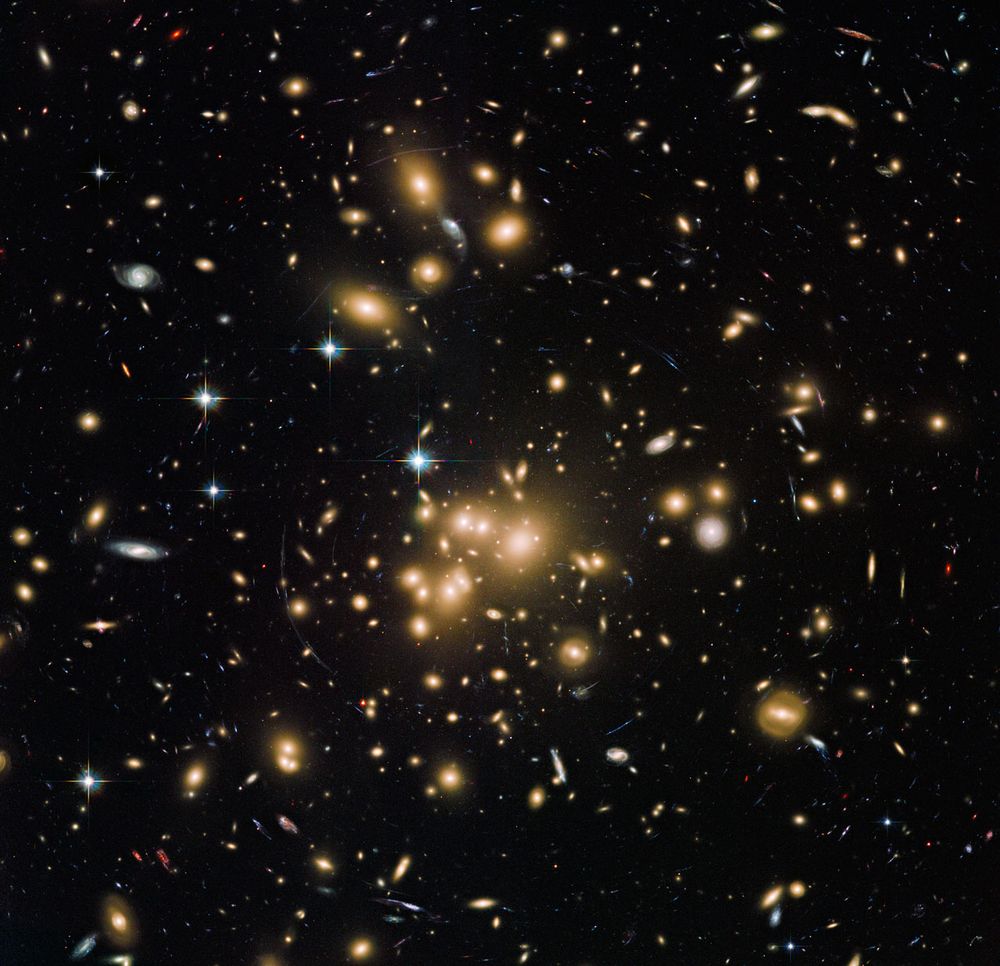
May 24, 2025 at 3:31 PM
Near-infrared image of Jupiter taken by the James Webb Space Telescope. In it you can see Jupiter’s auroras and rings as well as two of its moons, Amalthea and Adrastea.
(NASA, ESA, CSA, Jupiter ERS Team; image processing by Ricardo Hueso and Judy Schmidt)
#space #astrophysics #science
(NASA, ESA, CSA, Jupiter ERS Team; image processing by Ricardo Hueso and Judy Schmidt)
#space #astrophysics #science
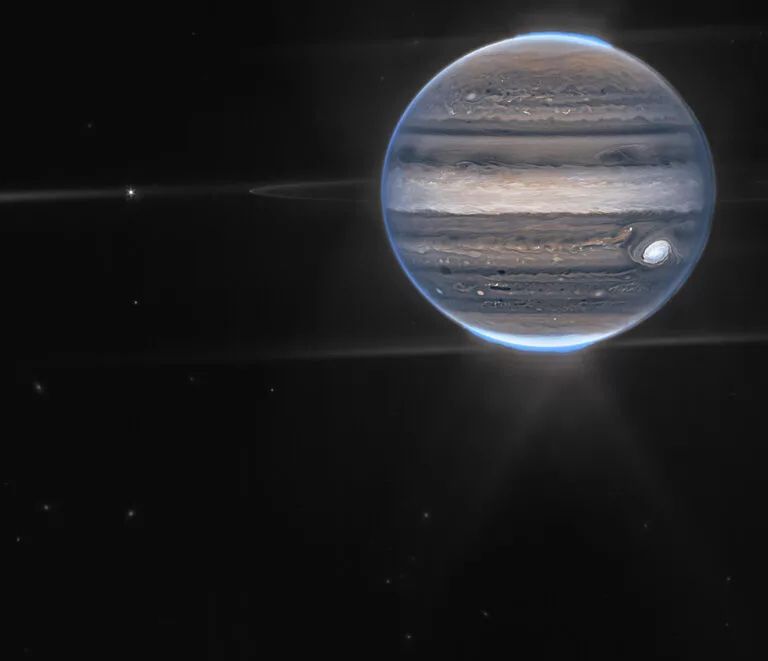
May 20, 2025 at 3:38 AM
Near-infrared image of Jupiter taken by the James Webb Space Telescope. In it you can see Jupiter’s auroras and rings as well as two of its moons, Amalthea and Adrastea.
(NASA, ESA, CSA, Jupiter ERS Team; image processing by Ricardo Hueso and Judy Schmidt)
#space #astrophysics #science
(NASA, ESA, CSA, Jupiter ERS Team; image processing by Ricardo Hueso and Judy Schmidt)
#space #astrophysics #science
Planetary Nebulae NGC 6578

May 17, 2025 at 9:52 AM
Planetary Nebulae NGC 6578
Hubble image of galaxy NGC 5548. At its center is a supermassive black hole of 65 million solar masses.
#galaxy #cosmos #space #blackhole #interstellar
(ESA/Hubble and NASA.Davide de Martin)
#galaxy #cosmos #space #blackhole #interstellar
(ESA/Hubble and NASA.Davide de Martin)
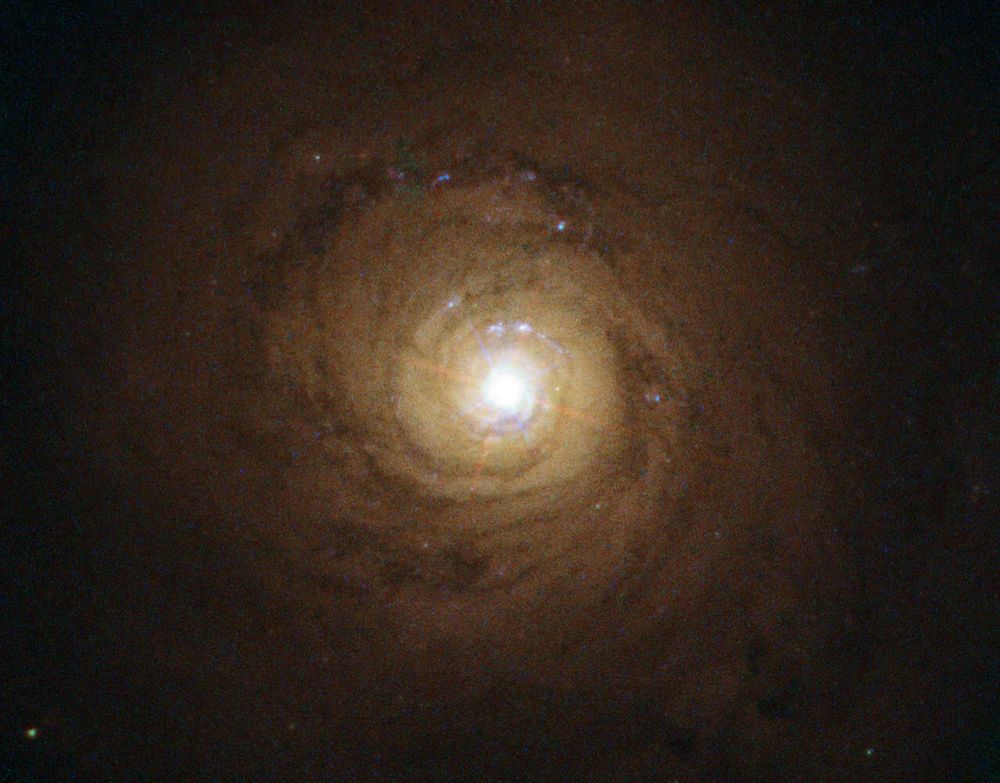
April 23, 2025 at 11:52 AM
Hubble image of galaxy NGC 5548. At its center is a supermassive black hole of 65 million solar masses.
#galaxy #cosmos #space #blackhole #interstellar
(ESA/Hubble and NASA.Davide de Martin)
#galaxy #cosmos #space #blackhole #interstellar
(ESA/Hubble and NASA.Davide de Martin)
Hubble image of a pair of merging galaxies known as NGC 4676.
(NASA, Holland Ford, the ACS Science Team and ESA)
#galaxy #space #cosmos #science #astrophysics
(NASA, Holland Ford, the ACS Science Team and ESA)
#galaxy #space #cosmos #science #astrophysics
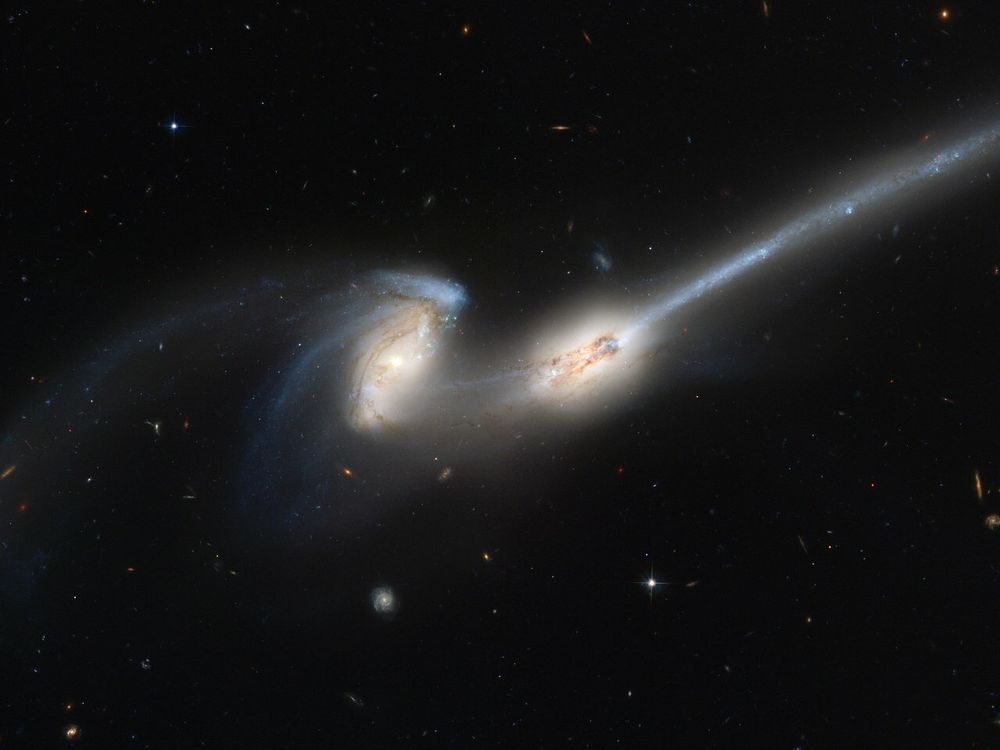
April 19, 2025 at 3:09 AM
Hubble image of a pair of merging galaxies known as NGC 4676.
(NASA, Holland Ford, the ACS Science Team and ESA)
#galaxy #space #cosmos #science #astrophysics
(NASA, Holland Ford, the ACS Science Team and ESA)
#galaxy #space #cosmos #science #astrophysics
Ultraviolet image of the Crab Nebula, a supernova remnant located 6,500 light-years from Earth.
#astrophysics #cosmos #nebula #interstellar #science #galaxy
#astrophysics #cosmos #nebula #interstellar #science #galaxy
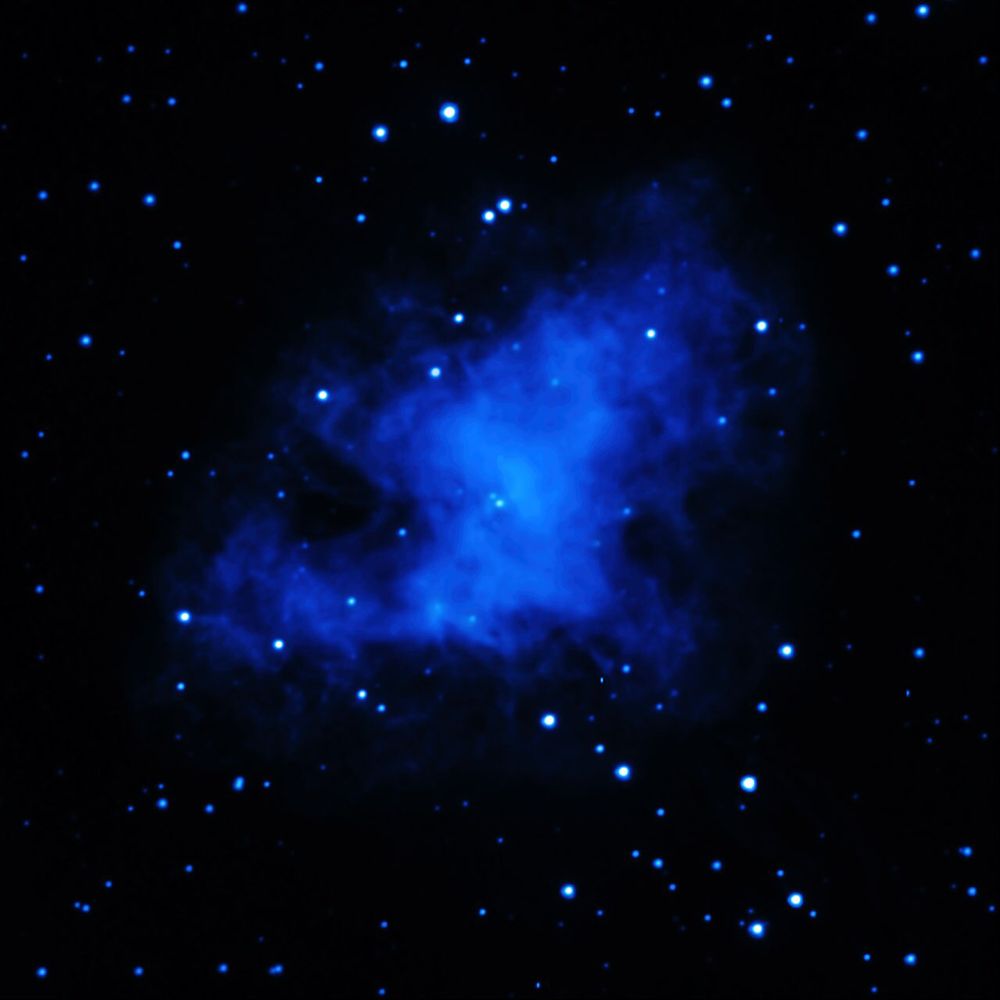
March 30, 2025 at 5:02 AM
Ultraviolet image of the Crab Nebula, a supernova remnant located 6,500 light-years from Earth.
#astrophysics #cosmos #nebula #interstellar #science #galaxy
#astrophysics #cosmos #nebula #interstellar #science #galaxy
Star cluster Pismis 24 hidden in nebula NGC 6357 at bottom. Part of the nebula is ionised by the youngest and bluest stars in Pismis 24. The intense ultraviolet radiation from the these stars heats the gas surrounding the cluster and creates a bubble in the nebula.
#space #cosmos #astrophysics
#space #cosmos #astrophysics

March 29, 2025 at 9:00 AM
Star cluster Pismis 24 hidden in nebula NGC 6357 at bottom. Part of the nebula is ionised by the youngest and bluest stars in Pismis 24. The intense ultraviolet radiation from the these stars heats the gas surrounding the cluster and creates a bubble in the nebula.
#space #cosmos #astrophysics
#space #cosmos #astrophysics
Three light-years tall pillar of gas an dust known as the ‘Mystic Mountain.’ Located in the Carina nebula, infant stars buried inside it fire off jets of gas that can be seen streaming out from its peak.
(M. Livio and the Hubble 20th Anniversary Team)
#nebula #space #cosmos #astrophysics #stars
(M. Livio and the Hubble 20th Anniversary Team)
#nebula #space #cosmos #astrophysics #stars
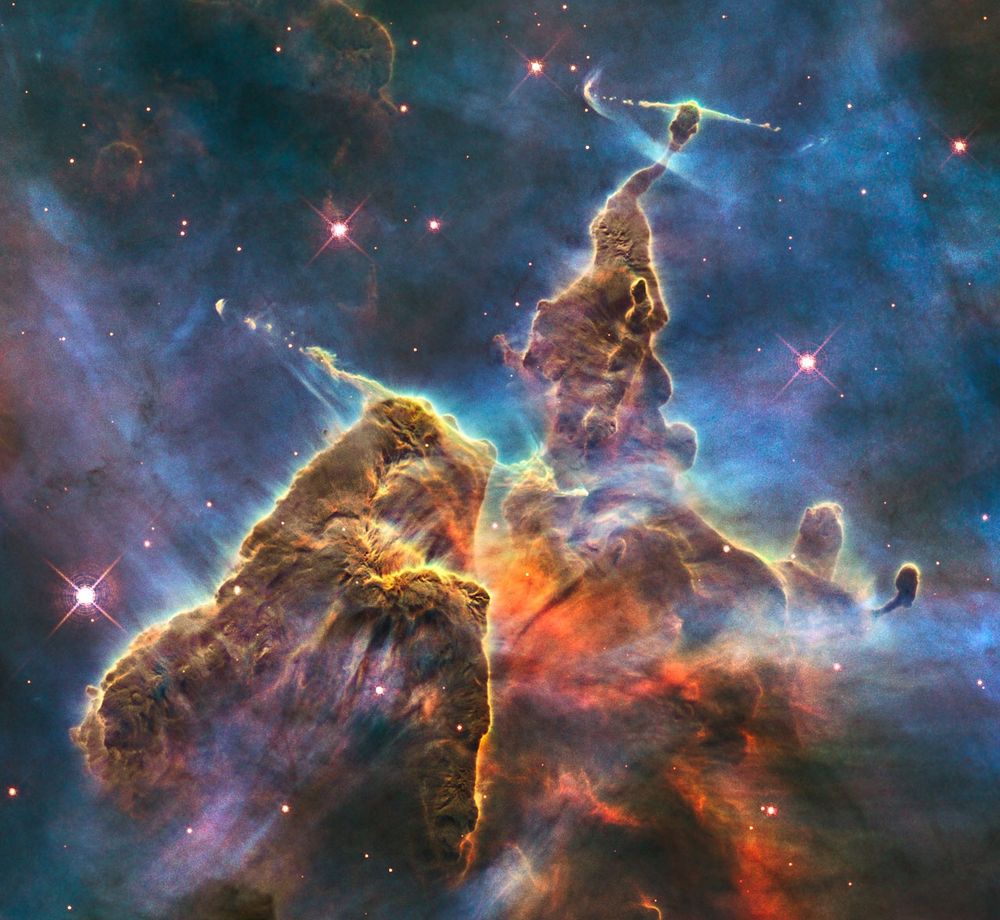
March 21, 2025 at 5:08 AM
Three light-years tall pillar of gas an dust known as the ‘Mystic Mountain.’ Located in the Carina nebula, infant stars buried inside it fire off jets of gas that can be seen streaming out from its peak.
(M. Livio and the Hubble 20th Anniversary Team)
#nebula #space #cosmos #astrophysics #stars
(M. Livio and the Hubble 20th Anniversary Team)
#nebula #space #cosmos #astrophysics #stars
IC 142, a collection of stars in the Triangulum Galaxy. These stars share a common origin, but have become gravitationally unbound and are slowly moving apart.
(NASA, ESA, and M. Durbin, J. Dalcanton, and B. F. Williams, University of Washington)
#cosmos #astrophysics #stars #galaxy #space
(NASA, ESA, and M. Durbin, J. Dalcanton, and B. F. Williams, University of Washington)
#cosmos #astrophysics #stars #galaxy #space
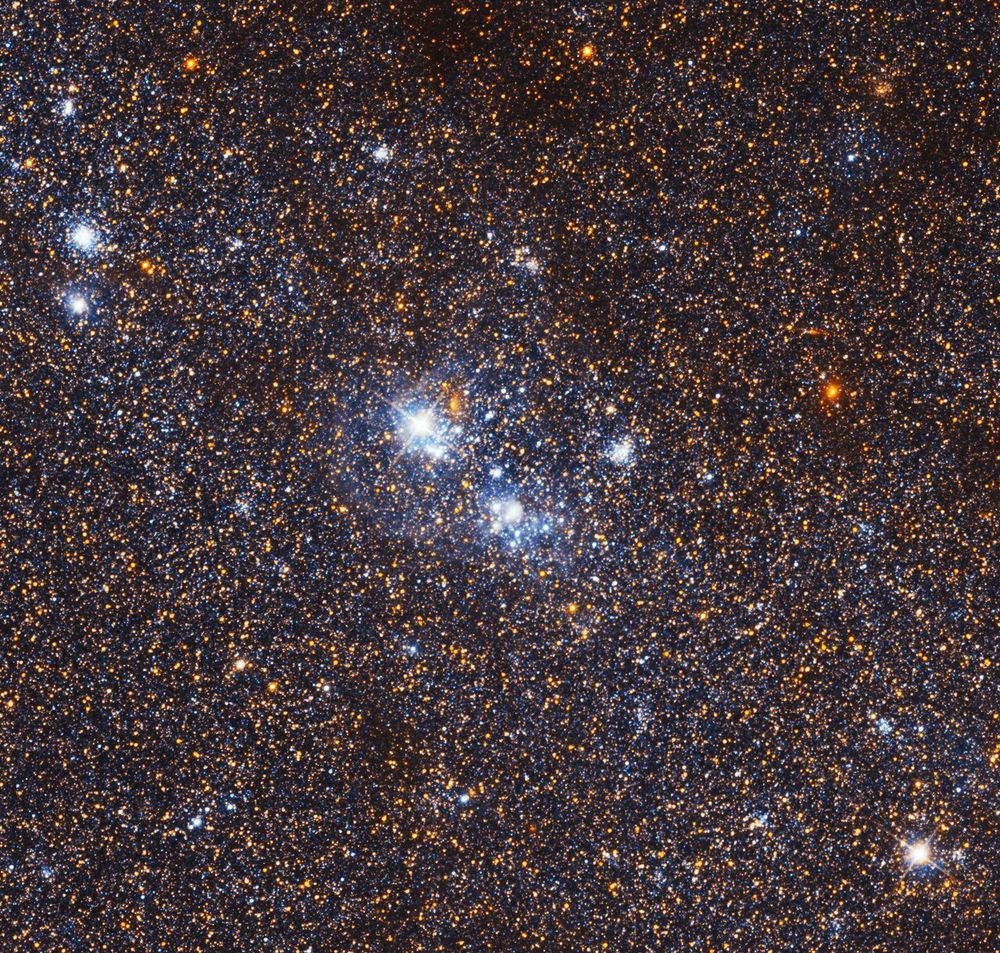
March 15, 2025 at 11:28 AM
IC 142, a collection of stars in the Triangulum Galaxy. These stars share a common origin, but have become gravitationally unbound and are slowly moving apart.
(NASA, ESA, and M. Durbin, J. Dalcanton, and B. F. Williams, University of Washington)
#cosmos #astrophysics #stars #galaxy #space
(NASA, ESA, and M. Durbin, J. Dalcanton, and B. F. Williams, University of Washington)
#cosmos #astrophysics #stars #galaxy #space
The black hole at the center of M87. This was the first black hole image ever captured, released in April 2019.
(Event Horizon Telescope collaboration)
#astrophysics #cosmos #space #science #interstellar #galaxy
(Event Horizon Telescope collaboration)
#astrophysics #cosmos #space #science #interstellar #galaxy
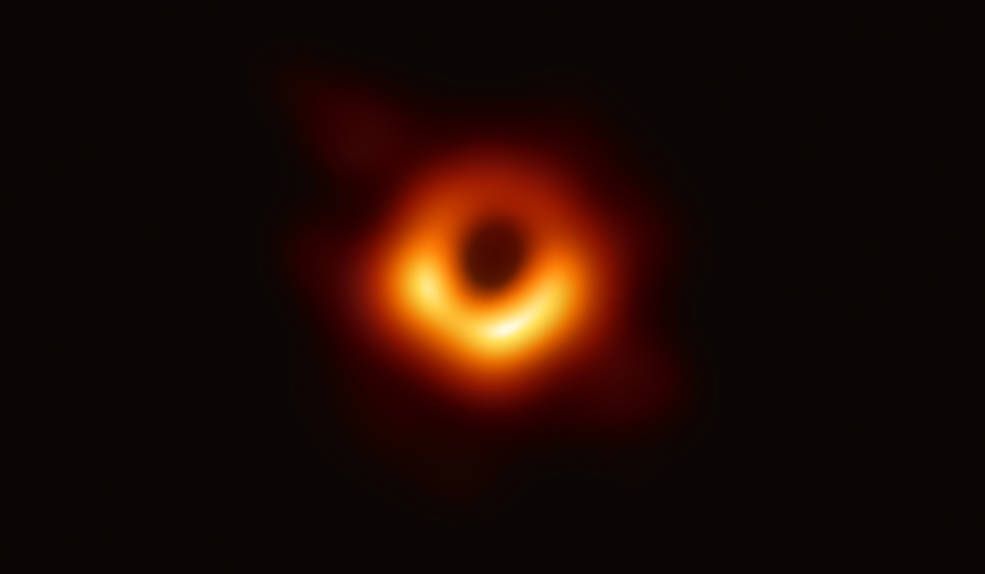
March 13, 2025 at 10:51 AM
The black hole at the center of M87. This was the first black hole image ever captured, released in April 2019.
(Event Horizon Telescope collaboration)
#astrophysics #cosmos #space #science #interstellar #galaxy
(Event Horizon Telescope collaboration)
#astrophysics #cosmos #space #science #interstellar #galaxy
Jet of subatomic particles emerging from the M87 galaxy. These are produced by the supermassive black hole at its center. (NASA and the Hubble Heritage Team)
#cosmos #galaxy #stars #space #interstellar
#cosmos #galaxy #stars #space #interstellar
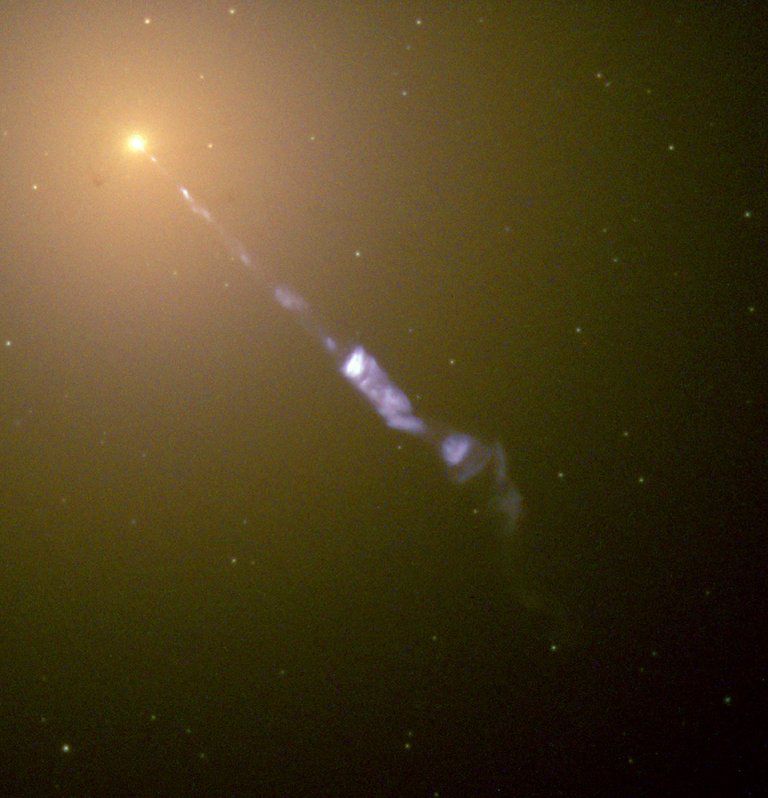
March 11, 2025 at 11:38 AM
Jet of subatomic particles emerging from the M87 galaxy. These are produced by the supermassive black hole at its center. (NASA and the Hubble Heritage Team)
#cosmos #galaxy #stars #space #interstellar
#cosmos #galaxy #stars #space #interstellar
Pillars of gas and dust in the Orion Nebula.
(M. Robberto and the Hubble Space Telescope Orion Treasury Project Team)
#nebula #stars #astrophysics #space #cosmos
(M. Robberto and the Hubble Space Telescope Orion Treasury Project Team)
#nebula #stars #astrophysics #space #cosmos
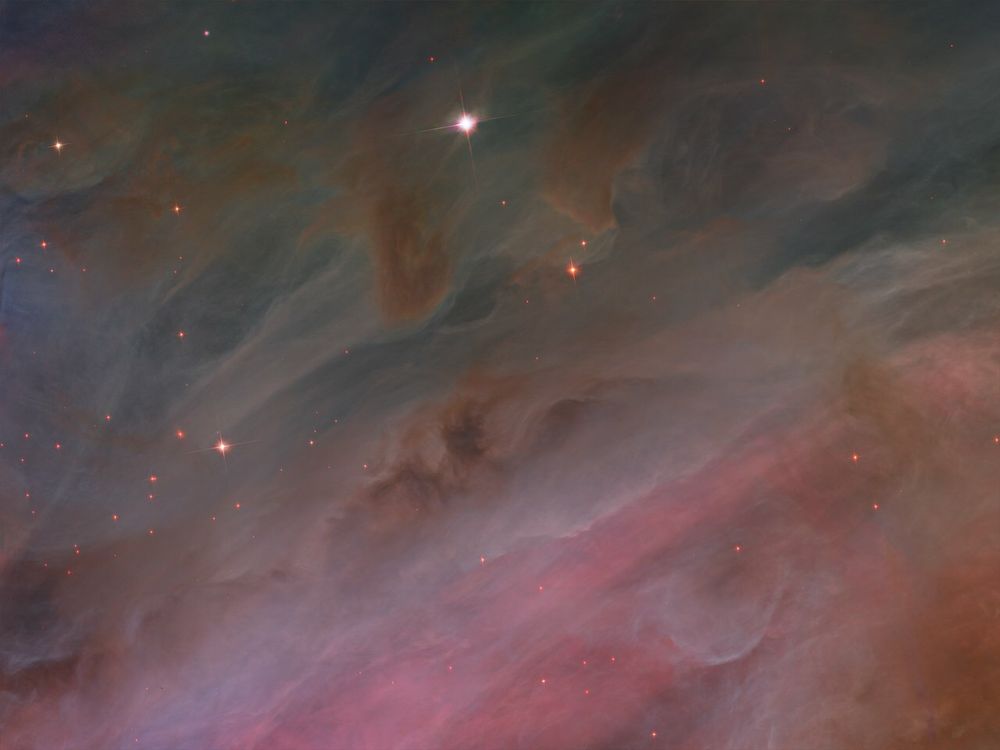
March 9, 2025 at 3:56 AM
Pillars of gas and dust in the Orion Nebula.
(M. Robberto and the Hubble Space Telescope Orion Treasury Project Team)
#nebula #stars #astrophysics #space #cosmos
(M. Robberto and the Hubble Space Telescope Orion Treasury Project Team)
#nebula #stars #astrophysics #space #cosmos
In this image a dark interstellar cloud in the Pleiades star cluster is being bombarded by light from an extremely bright star. As the star passes, light reflects of the nebula breaking up parts of it.
(George Herbig and Theodore Simon,University of Hawaii)
#astrophysics #nebula #space #stars
(George Herbig and Theodore Simon,University of Hawaii)
#astrophysics #nebula #space #stars
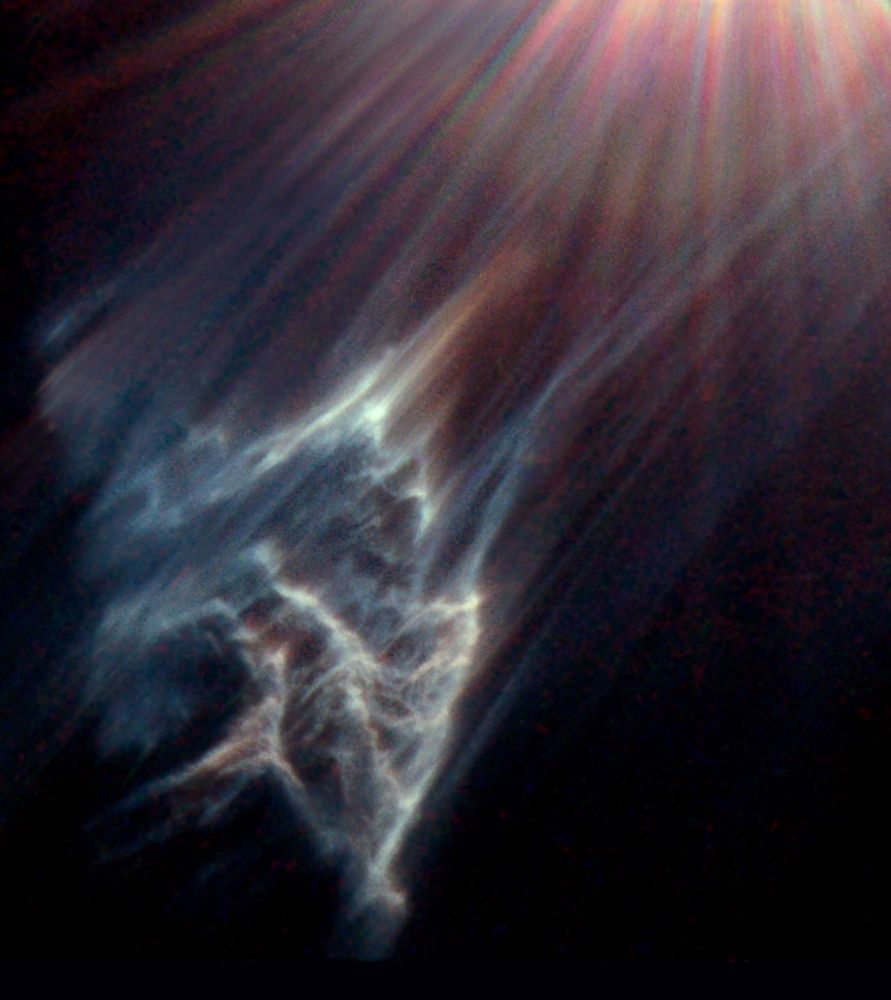
March 7, 2025 at 4:43 AM
In this image a dark interstellar cloud in the Pleiades star cluster is being bombarded by light from an extremely bright star. As the star passes, light reflects of the nebula breaking up parts of it.
(George Herbig and Theodore Simon,University of Hawaii)
#astrophysics #nebula #space #stars
(George Herbig and Theodore Simon,University of Hawaii)
#astrophysics #nebula #space #stars
Messier 16, the Eagle Nebula. The ultraviolet radiation from the bright young stars in this Hubble image illuminates the surrounding dust clouds.
(ESA/Hubble & NASA)
#nebula #cosmos #astrophysics #space #galaxy #interstellar
(ESA/Hubble & NASA)
#nebula #cosmos #astrophysics #space #galaxy #interstellar

March 6, 2025 at 12:47 PM
Messier 16, the Eagle Nebula. The ultraviolet radiation from the bright young stars in this Hubble image illuminates the surrounding dust clouds.
(ESA/Hubble & NASA)
#nebula #cosmos #astrophysics #space #galaxy #interstellar
(ESA/Hubble & NASA)
#nebula #cosmos #astrophysics #space #galaxy #interstellar
Hubble image of open cluster, NGC 2164, in the the Large Magellanic Cloud.
#cosmos #galaxy #stars #interstellar #space #astrophysics
#cosmos #galaxy #stars #interstellar #space #astrophysics

March 5, 2025 at 4:41 AM
Hubble image of open cluster, NGC 2164, in the the Large Magellanic Cloud.
#cosmos #galaxy #stars #interstellar #space #astrophysics
#cosmos #galaxy #stars #interstellar #space #astrophysics
Messier 8, the Lagoon nebula
#nebula #galaxy #interstellar #stars #cosmos
Credit:
NASA, ESA, Digitized Sky Survey 2, Davide De Martin
#nebula #galaxy #interstellar #stars #cosmos
Credit:
NASA, ESA, Digitized Sky Survey 2, Davide De Martin

March 3, 2025 at 3:42 AM
Messier 8, the Lagoon nebula
#nebula #galaxy #interstellar #stars #cosmos
Credit:
NASA, ESA, Digitized Sky Survey 2, Davide De Martin
#nebula #galaxy #interstellar #stars #cosmos
Credit:
NASA, ESA, Digitized Sky Survey 2, Davide De Martin
This Hubble image of N81 depicts the birth of ultra-bright stars in the Small Magellanic Cloud.
#interstellar #nebula #galaxy #cosmos #stars #astrophysics
Credit:
Mohammad Heydari-Malayeri (Paris Observatory, France), NASA/ESA
#interstellar #nebula #galaxy #cosmos #stars #astrophysics
Credit:
Mohammad Heydari-Malayeri (Paris Observatory, France), NASA/ESA

February 28, 2025 at 3:59 AM
This Hubble image of N81 depicts the birth of ultra-bright stars in the Small Magellanic Cloud.
#interstellar #nebula #galaxy #cosmos #stars #astrophysics
Credit:
Mohammad Heydari-Malayeri (Paris Observatory, France), NASA/ESA
#interstellar #nebula #galaxy #cosmos #stars #astrophysics
Credit:
Mohammad Heydari-Malayeri (Paris Observatory, France), NASA/ESA

February 26, 2025 at 4:51 AM


